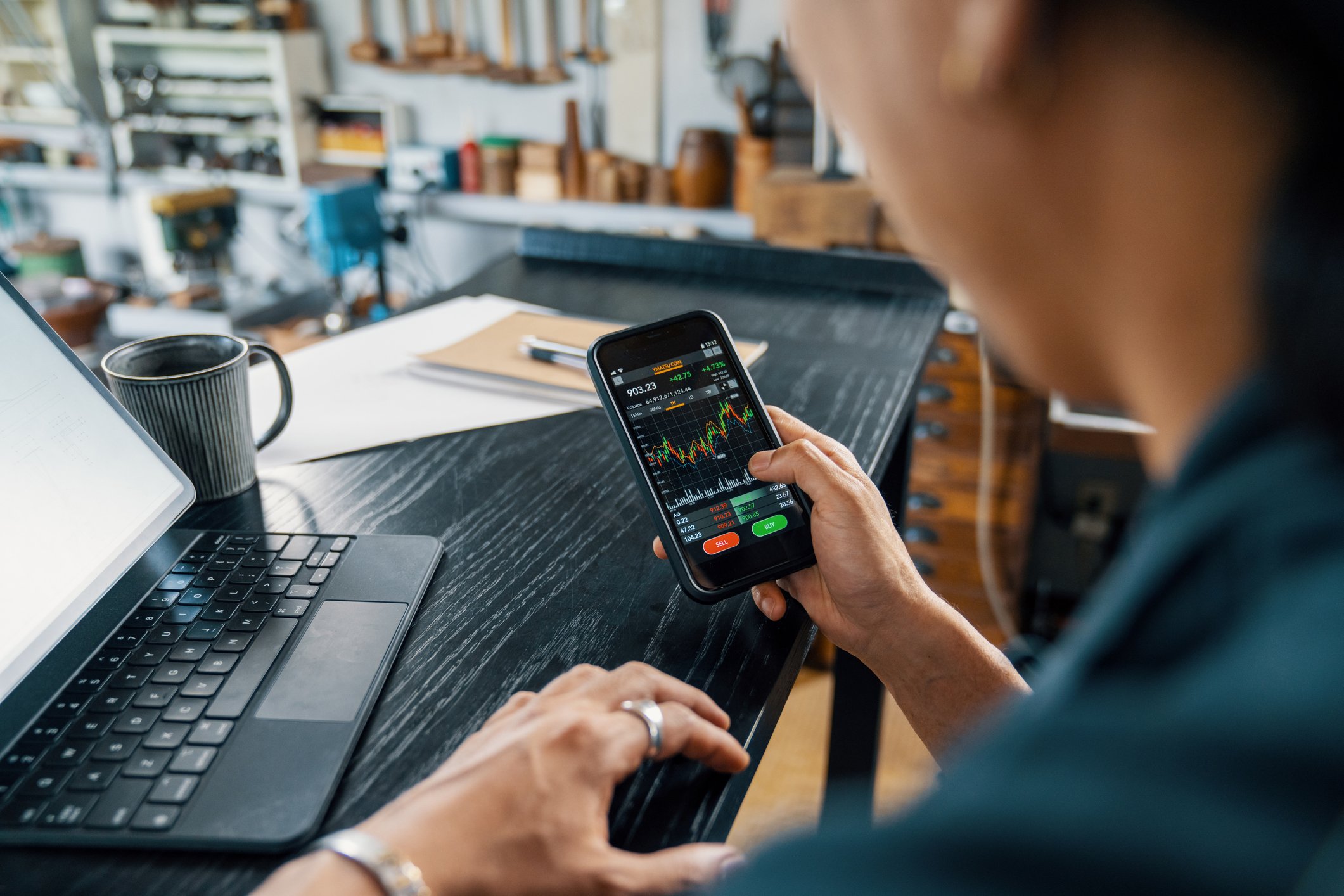For a company that gets the majority of its revenue from selling components for smartphones, Qorvo's (QRVO 1.51%) fiscal fourth-quarter results turned out to be a revelation.
The semiconductor company had raised a red flag back in March when it slashed its quarterly guidance by a substantial margin on account of the novel coronavirus outbreak. Qorvo had reduced its March quarter revenue guidance to $770 million from the original estimate of $800 million to $840 million. But demand for 5G smartphones and infrastructure pushed the company's revenue to $788 million during the quarter, up almost 16% from the prior-year period.
But that was not the only silver lining from Qorvo's quarterly results.

Image source: Getty Images
5G is driving Qorvo's mobile business
Qorvo expects $710 million to $750 million in revenue this quarter, better than Wall Street's expectation of $710 million. On a year-over-year basis, Qorvo expects its top line to decline nearly 6% at the mid-point of the guidance range. This isn't bad considering the negative impact of COVID-19 and seasonality in the smartphone business.
Qorvo's mobile business supplied $556 million in revenue last quarter, accounting for just over 70% of the top line. The company witnessed robust handset demand during the quarter, and shipments of its 5G solutions increased thanks to the launch of new devices. Qorvo is supplying 5G component solutions to Samsung for the flagship Galaxy S20 platform, and it is working with the South Korean giant to integrate its solutions into mass-market devices as well.
Additionally, Qorvo's Chinese customers -- Vivo and Xiaomi -- could boost its 5G business as they move toward the new networking standard. The good news for Qorvo is that Samsung, Vivo, and Xiaomi are among the top four 5G smartphone companies, with a combined market share of 56%, according to Strategy Analytics.
The market research firm estimates that 24.1 million 5G smartphones were sold in the first quarter of 2020. Samsung, Vivo, and Xiaomi together shipped nearly 14 million 5G devices during the quarter. As these companies expand their 5G lineups in 2020 and beyond, the addressable market for Qorvo's mobile chips should increase.
That's probably the reason why Qorvo saw an improvement in 5G "design win" activity during the quarter. This means that more 5G smartphone OEMs (original equipment manufacturers) can be expected to use Qorvo's chips in their devices in the future.
Qorvo's mobile business is facing short-term uncertainty
The 5G smartphone market enjoyed a nice bump in the first quarter of the year, but the momentum may hit a speed bump in the near term. That's because shelter-in-place orders and lockdowns instituted across the globe from the U.S. to Europe to Asia to contain the COVID-19 spread have severely dented economic activity and hurt smartphone sales.
Smartphone shipments in the first quarter were down 17% year over year, according to Strategy Analytics. The market research firm anticipates that global smartphone sales could shrink nearly 25% in 2020 compared to last year's levels on account of the coronavirus pandemic. The economic fallout of the disease is expected to lengthen the smartphone replacement cycle as consumers delay new purchases.
Additionally, supply chain disruptions and the closure of retail stores could put a cap on sales. But Strategy Analytics estimates that demand for 5G smartphones is expected to bounce back in the second half of the year, assuming that the novel coronavirus outbreak is brought under control.
That being said, Qorvo's mobile business is facing short-term uncertainty. The good part is that the company is well prepared to handle any weakness, as it was sitting on nearly $715 million in cash and cash equivalents at the end of the previous quarter. What's more, Qorvo doesn't have any near-term debt maturities. The weighted average maturity of its outstanding debt falls in June 2027, CFO Mark Murphy noted on the latest earnings conference call.
Qorvo, however, trades at 3.79 times sales right now, which is higher than the five-year average multiple of 3.15. The stock's price-to-earnings ratio of almost 37 isn't on the cheaper side either given that its revenue is expected to decline this quarter. As such, it would be a good idea for investors to wait for a pullback, and add this semiconductor stock to their portfolios at an opportune time to take advantage of the 5G smartphone space.






